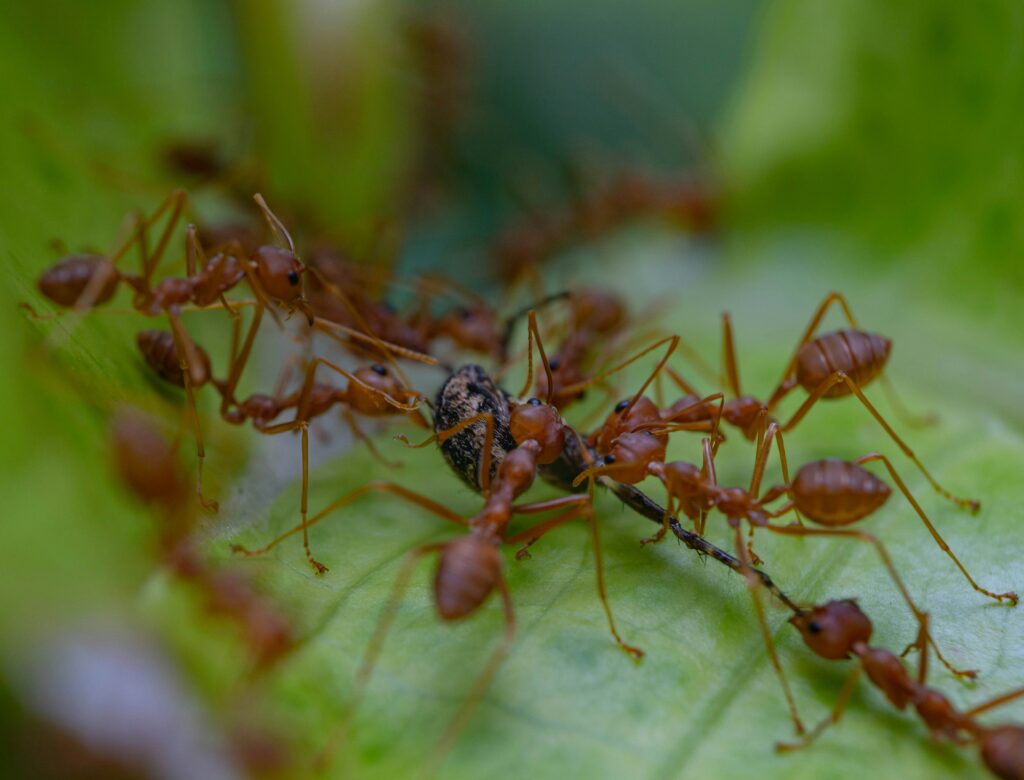In the miniature world beneath our feet exists a sophisticated agricultural system that rivals human farming practices in both complexity and efficiency. Certain ant species have evolved remarkable relationships with other insects, particularly aphids and scale insects, which they tend to, protect, and “milk” for food. This fascinating behavior, known as trophobiosis, represents one of nature’s most extraordinary examples of mutualism. Much like human farmers who domesticated cattle thousands of years ago, these tiny six-legged farmers have been cultivating their own insect livestock for millions of years, developing sophisticated techniques to maximize their food production. Let’s explore the fascinating world of ant agriculture and discover how these remarkable creatures have mastered the art of farming.
The Ancient Practice of Ant Agriculture
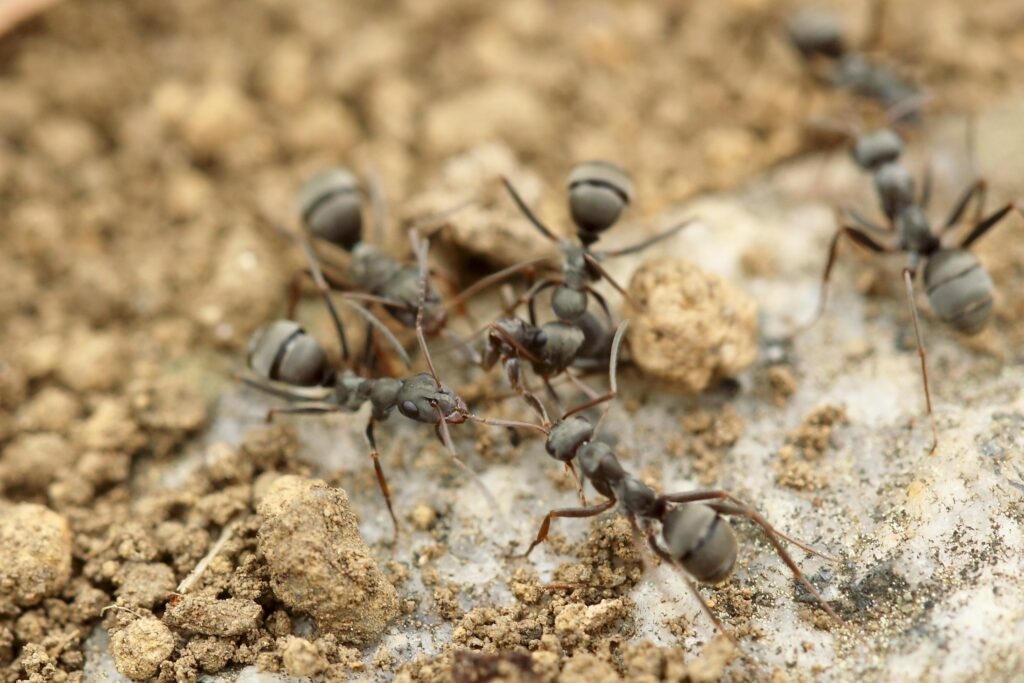
Ants began their farming practices long before humans developed agriculture, with evidence suggesting this behavior evolved at least 50 million years ago. This remarkable timeline places ant farming among the oldest agricultural systems on our planet, predating human farming by tens of millions of years. Fossil records have preserved evidence of these ancient relationships, showing that the fundamental dynamics between ants and their “livestock” have remained remarkably stable over evolutionary time. The longevity of this system speaks to its effectiveness as a survival strategy, having withstood countless environmental changes and challenges throughout Earth’s history.
Understanding Aphid Husbandry
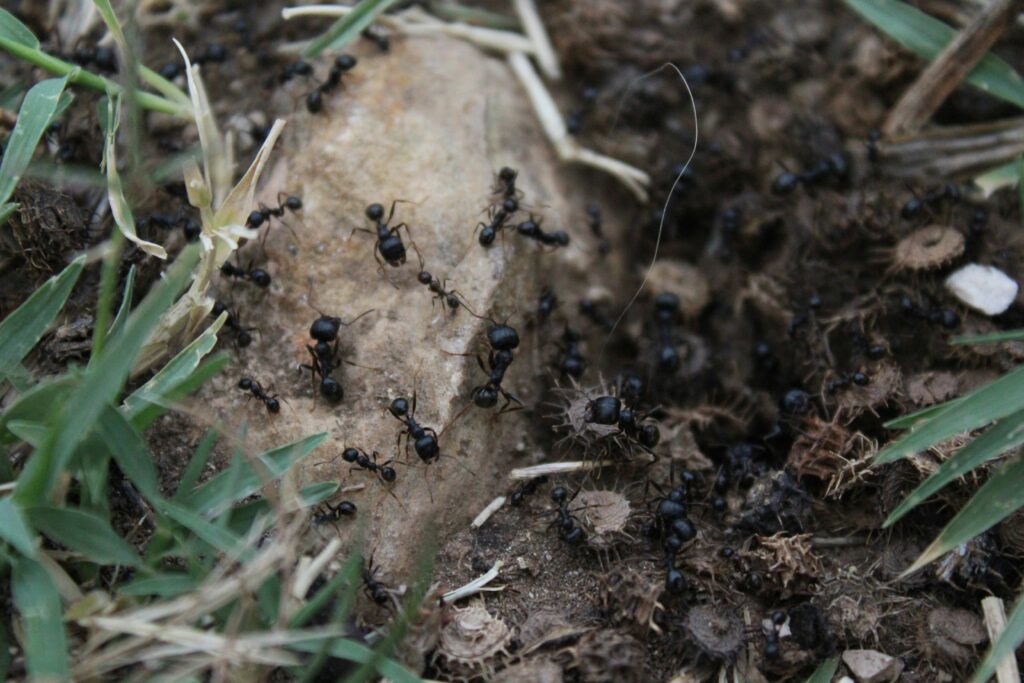
Aphids serve as the primary “livestock” for many farming ant species, functioning much like dairy cows in human agricultural systems. These small, soft-bodied insects feed on plant sap and convert it into a sugary substance called honeydew, which they excrete and which ants harvest as food. The relationship is so refined that some ant species can actually manipulate aphid feeding behavior by stroking the aphids with their antennae in specific patterns, stimulating immediate honeydew production. Some farming ant species have even evolved specialized anatomical features that allow them to more efficiently collect and transport honeydew back to their colonies. This sophisticated interaction demonstrates remarkable co-evolution between the two insect groups.
Protection in Exchange for Food

The relationship between farming ants and their aphid herds represents a fascinating example of mutualism, where both species benefit from the arrangement. Ants fiercely defend their aphid herds from predators such as ladybugs and parasitic wasps, forming protective barriers around their valuable food source and aggressively attacking any threats. In return for this protection, ants gain reliable access to the nutritious honeydew that aphids produce, which forms a significant portion of the diet for many ant colonies. Some ant species are so dedicated to protecting their livestock that they’ll construct small shelters or enclosures from soil and plant material to house their aphids, shielding them from harsh weather conditions and predators. This protective behavior is analogous to human farmers building barns and stables for their livestock.
Selective Breeding and Herd Management
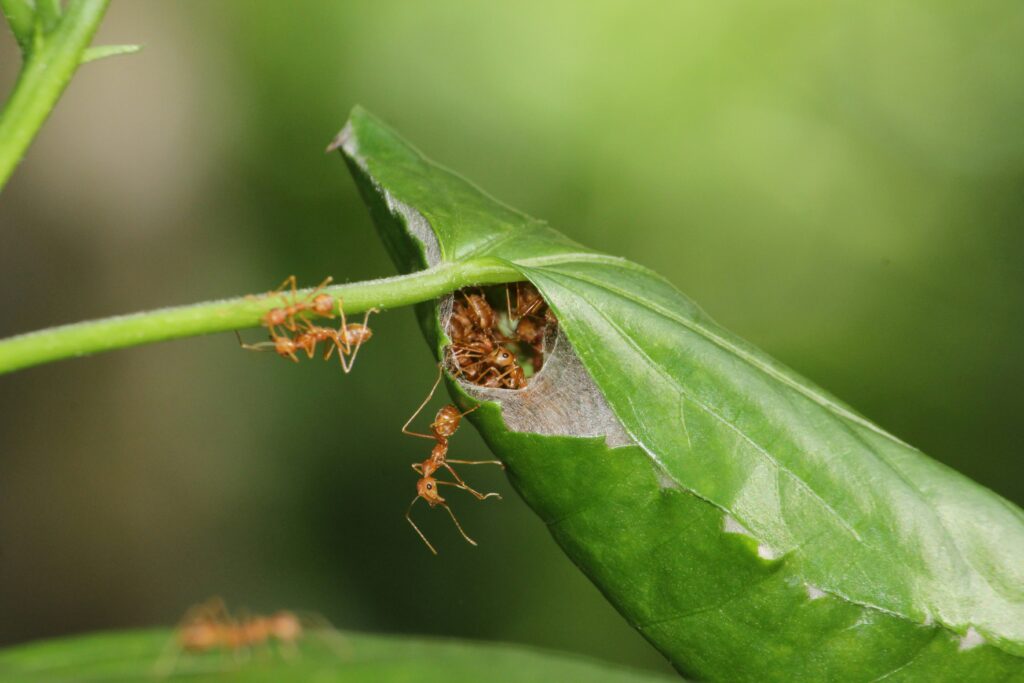
Remarkably, farming ants practice forms of selective breeding and herd management that parallel human agricultural techniques. Some ant species selectively tend to aphid species or lineages that produce more honeydew or have chemical profiles that make them less attractive to other predators. Researchers have observed ants removing or killing aphids that don’t produce sufficient quantities of honeydew, effectively culling their herds to maintain productivity. In some cases, ants will even prevent winged aphids from leaving their host plants by tearing off their wings, ensuring their valuable food producers remain within the colony’s territory. This level of herd management demonstrates sophisticated decision-making that enhances the efficiency of ant agriculture.
Underground Farming Operations
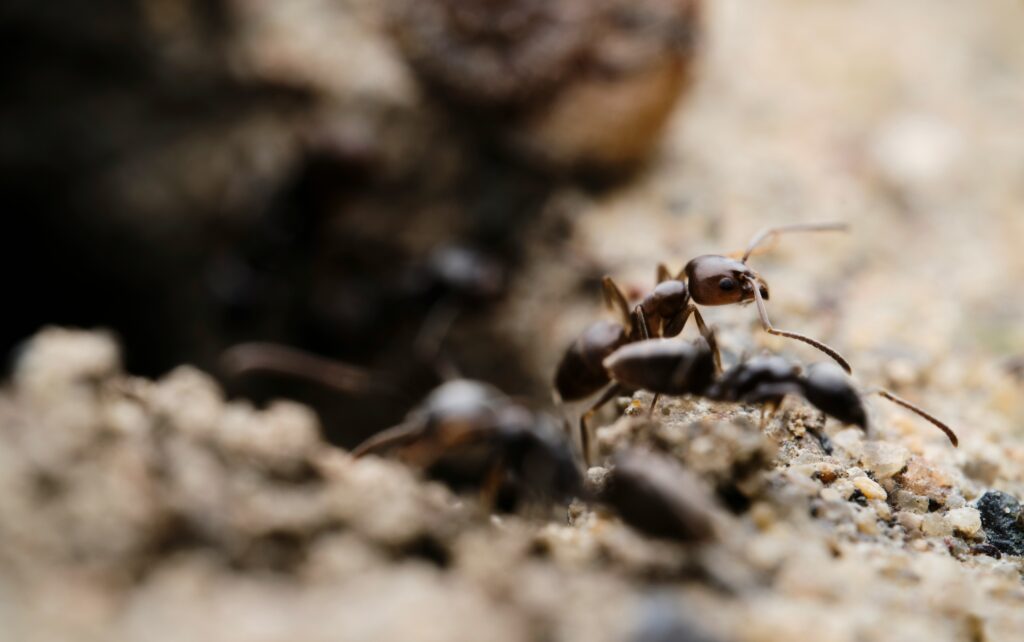
Some ant species take their farming operations below ground, cultivating root-feeding aphids and scale insects in specialized chambers within their nests. These subterranean farming operations provide the ants with year-round access to honeydew, even during winter months when above-ground food sources might be scarce. The underground aphid chambers are carefully maintained at optimal temperatures and humidity levels to ensure the health and productivity of the colony’s living food source. In these underground farms, ants will even transport aphid eggs to new locations during colony movements or seasonal changes, ensuring continuity of their agricultural system. This sophisticated management of subterranean livestock demonstrates remarkable adaptability in ant farming practices.
Chemical Communication in Ant-Aphid Relationships
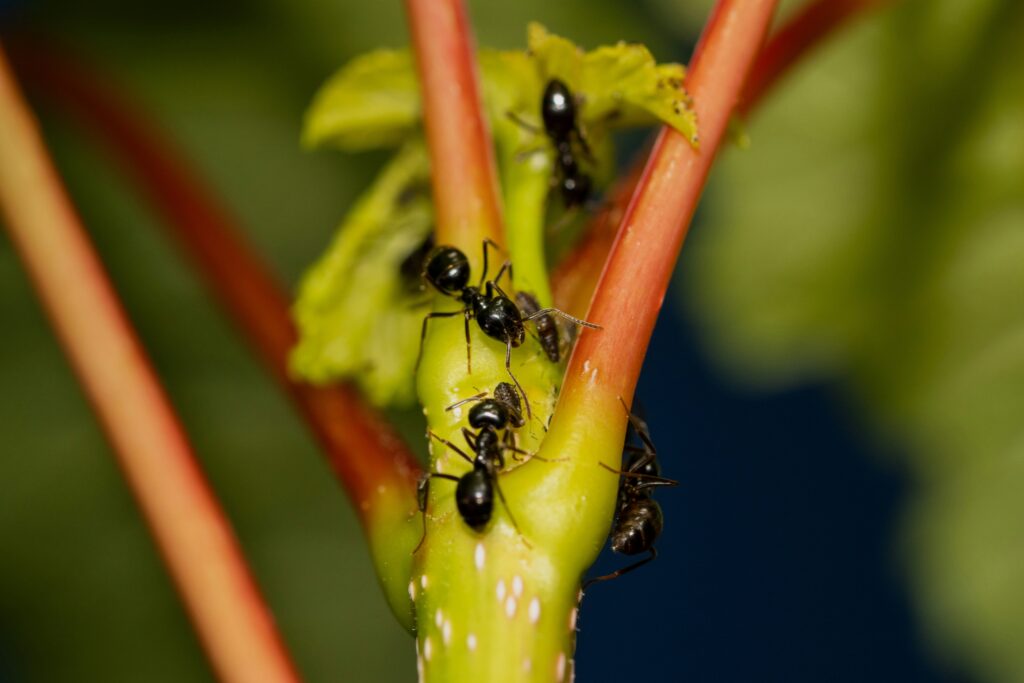
The relationship between farming ants and their aphid livestock involves sophisticated chemical communication that has evolved over millions of years. Ants produce chemicals that tranquilize aphids, making them more docile and less likely to walk away from their designated feeding areas. Conversely, aphids from farming relationships have evolved to produce specific chemical signals that attract their ant protectors when danger threatens. Some aphid species farmed by ants even produce honeydew with chemical compositions specifically tailored to the nutritional needs of their ant farmers, demonstrating co-evolutionary adaptation. This complex chemical dialogue between farmer and livestock underpins the success of the entire agricultural system.
Transportation and Relocation Services
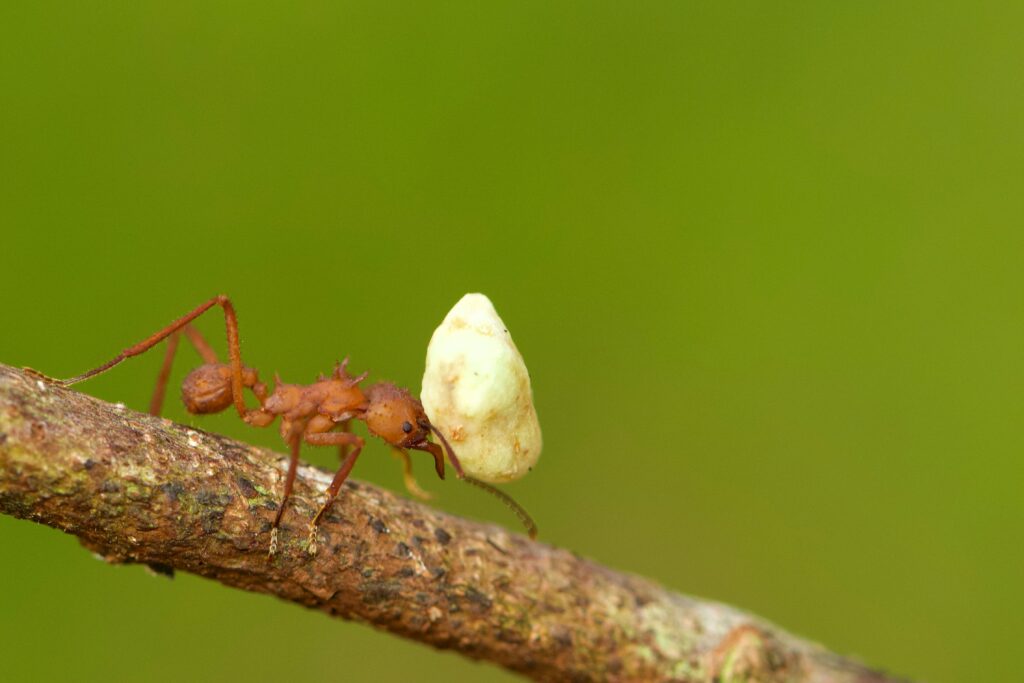
Farming ants provide transportation services for their livestock, carrying aphids to fresh feeding sites when plants become depleted of nutrients. During colony relocations, ants carefully transport their valuable aphids to the new nesting site, ensuring continuity of their food production system. Some ant species even carry aphid eggs through the winter, storing them safely in their nests until spring when they can be placed on new host plants. In certain species, worker ants have been observed carrying individual aphids between different parts of plants to optimize feeding locations throughout the day as sunlight and plant sap flow changes. This transportation system represents a significant investment of energy that highlights the value ants place on their living food sources.
Scale Insects: The Other Ant Livestock
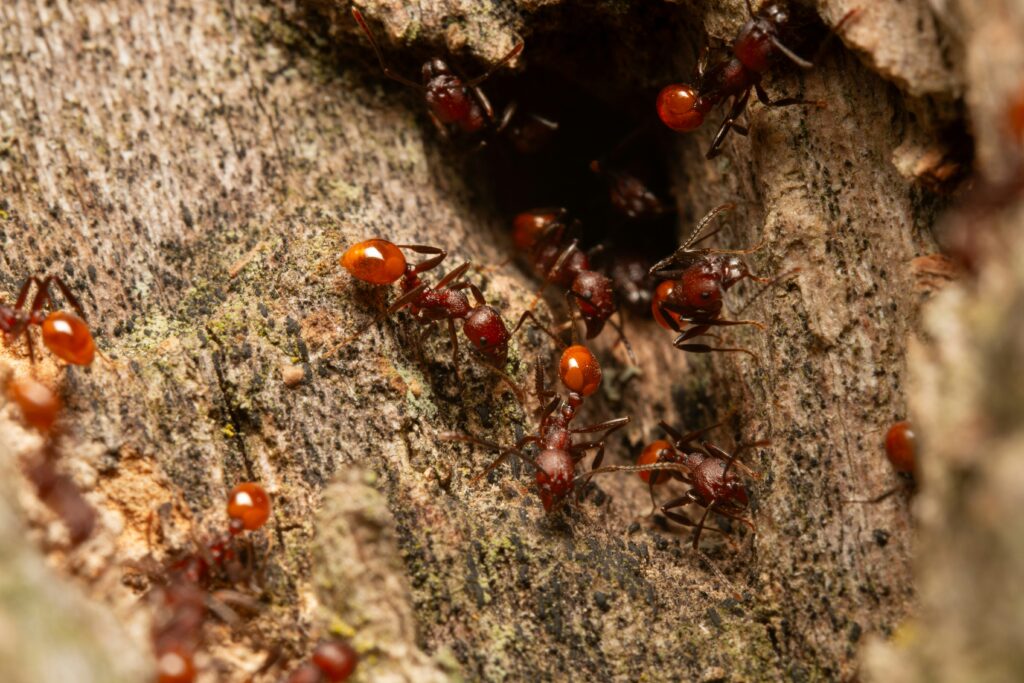
While aphids are the most well-known insect livestock of farming ants, many ant species also cultivate scale insects, mealybugs, and other hemipterans as honeydew producers. These relationships function similarly to ant-aphid farming, with ants providing protection and care in exchange for nutritious secretions. Scale insects often produce honeydew with different sugar compositions compared to aphids, providing ants with dietary diversity that enhances colony nutrition. In tropical regions, scale insect farming by ants can be particularly sophisticated, with some ant species maintaining dozens of different hemipteran species across their territories. This diversification strategy helps ensure food security for the ant colony even if one livestock species suffers from disease or population decline.
Farming Across Ant Species

The practice of livestock farming appears independently across multiple ant lineages, with different species developing unique adaptations and techniques. Lasius niger, the common black ant, is perhaps the most familiar aphid farmer in temperate regions, while tropical species like Azteca and Oecophylla (weaver ants) maintain complex multi-species farming systems. The Argentine ant, an invasive species worldwide, uses its efficient farming techniques as one competitive advantage when displacing native ant species in new territories. Farming behaviors range from simple opportunistic relationships to highly specialized adaptations where certain ant species are completely dependent on their livestock for survival. This widespread evolution of farming behavior across the ant family tree suggests it provides significant evolutionary advantages.
The Nutritional Importance of Honeydew
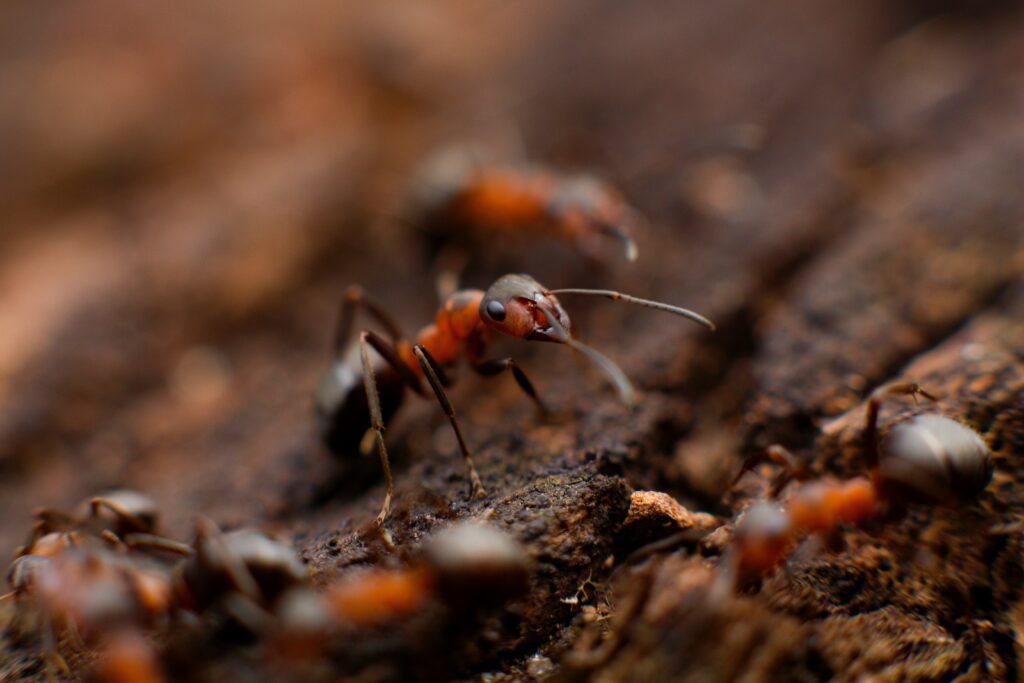
Honeydew, the sugary secretion produced by aphids and scale insects, constitutes a major food source for farming ants, providing essential carbohydrates that fuel worker activities. Chemical analysis shows that honeydew contains various sugars, amino acids, and other nutrients that contribute significantly to ant colony health and growth. For some ant species, honeydew accounts for more than 60% of their total caloric intake, making their farming operations crucial to colony survival. Worker ants generally consume the honeydew directly, while also transporting it back to the nest to feed larvae, queens, and non-foraging workers through regurgitation. This nutritional resource flows through the entire colony, supporting all aspects of ant society.
Challenges in Ant Agriculture
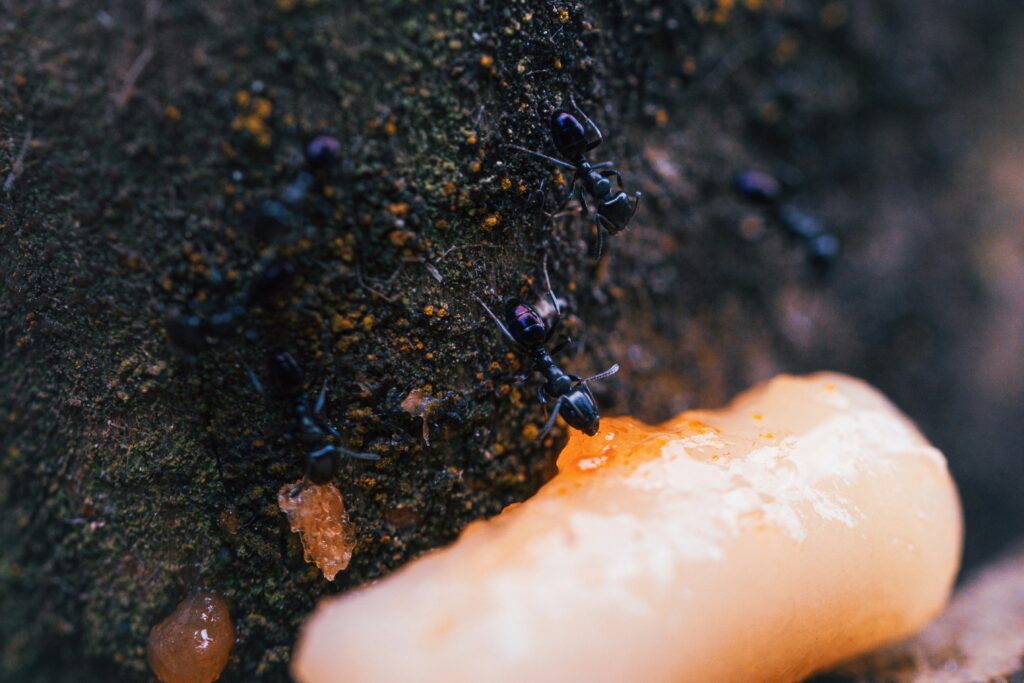
Despite its sophistication, ant agriculture faces challenges that parallel those in human farming systems. Pathogenic fungi and bacteria can sweep through aphid populations, destroying an ant colony’s food source in a matter of days. Competing ant species may attempt to raid established aphid herds, leading to territorial conflicts between different farmer colonies. Climate fluctuations, particularly unusual temperature or humidity conditions, can negatively impact both aphid health and honeydew production rates. Additionally, some parasitic insects have evolved to chemically mimic aphids, infiltrating the farming system to prey upon the ants themselves – a form of agricultural sabotage in the insect world. These challenges have driven the evolution of increasingly sophisticated farming behaviors as ants adapt to protect their agricultural investments.
Ecological Impact of Ant Agriculture

The farming relationship between ants and aphids has significant ripple effects throughout broader ecosystems. By protecting and increasing aphid populations, farming ants can indirectly increase plant damage in some contexts, as large aphid herds extract substantial nutrients from host plants. Conversely, in other ecosystems, the presence of farming ants can benefit plants by preventing more destructive herbivores from feeding on the same vegetation. The honeydew that inevitably falls to the ground around ant-aphid farming operations enriches soil microbiota and can alter nutrient cycling in the ecosystem. Research has shown that areas with active ant-aphid farming have distinctly different soil chemical profiles compared to similar habitats without such relationships, demonstrating how this tiny agricultural system can transform its environment.
The Future of Research on Ant Agriculture
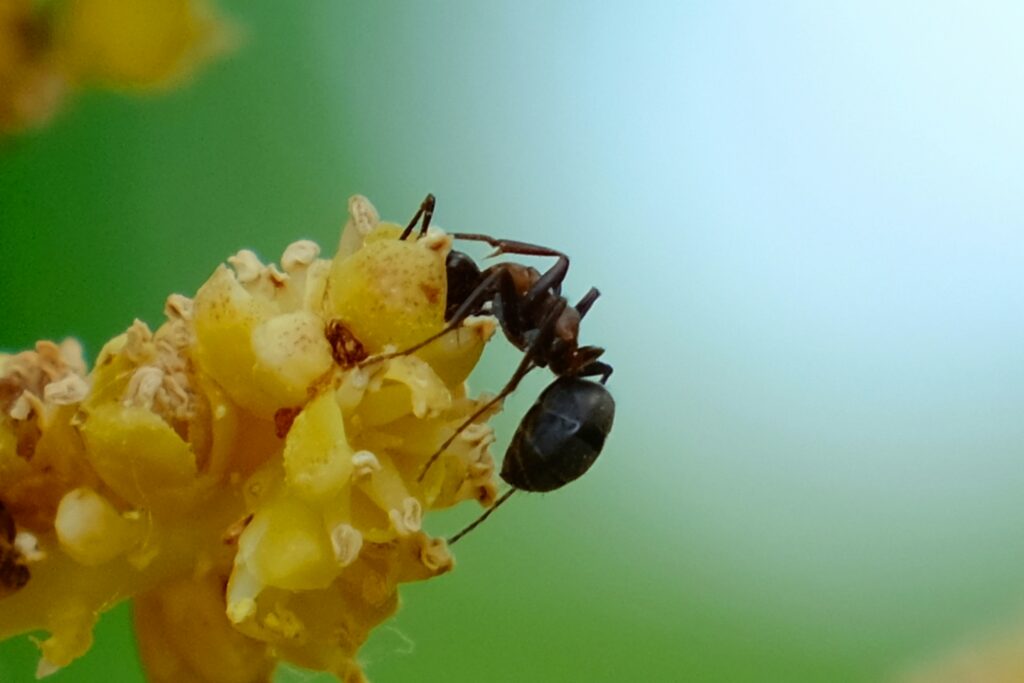
Scientific understanding of ant agriculture continues to evolve, with new research techniques revealing previously unknown aspects of these ancient farming systems. Genomic studies are now investigating the genetic basis of farming behaviors in ants and the possible co-evolution of genes between ants and their insect livestock. Advanced imaging technologies allow researchers to observe underground farming chambers without disrupting the colonies, providing new insights into subterranean agricultural practices. Chemical ecology research continues to identify the specific compounds involved in ant-aphid communication, potentially leading to applications in pest management or agricultural science. As climate change alters ecosystems worldwide, scientists are also studying how ant agriculture adapts to changing conditions, potentially offering insights into resilient agricultural systems.
Conclusion
The remarkable agricultural practices of farming ants represent one of nature’s most fascinating examples of evolutionary ingenuity. Through millions of years of adaptation, various ant species have developed sophisticated systems for cultivating, protecting, and harvesting food from their insect livestock. These tiny farmers demonstrate principles of mutualism, resource management, and sustainable food production that in many ways parallel human agricultural development. As researchers continue to uncover the complex details of ant farming systems, we gain not only a deeper appreciation for the sophistication of these miniature agriculturalists but also potential insights that might inform our own agricultural practices. The next time you spot a line of ants traversing your garden, consider that you might be witnessing not just scavengers, but farmers tending to their livestock in a agricultural tradition that predates human civilization by tens of millions of years.

